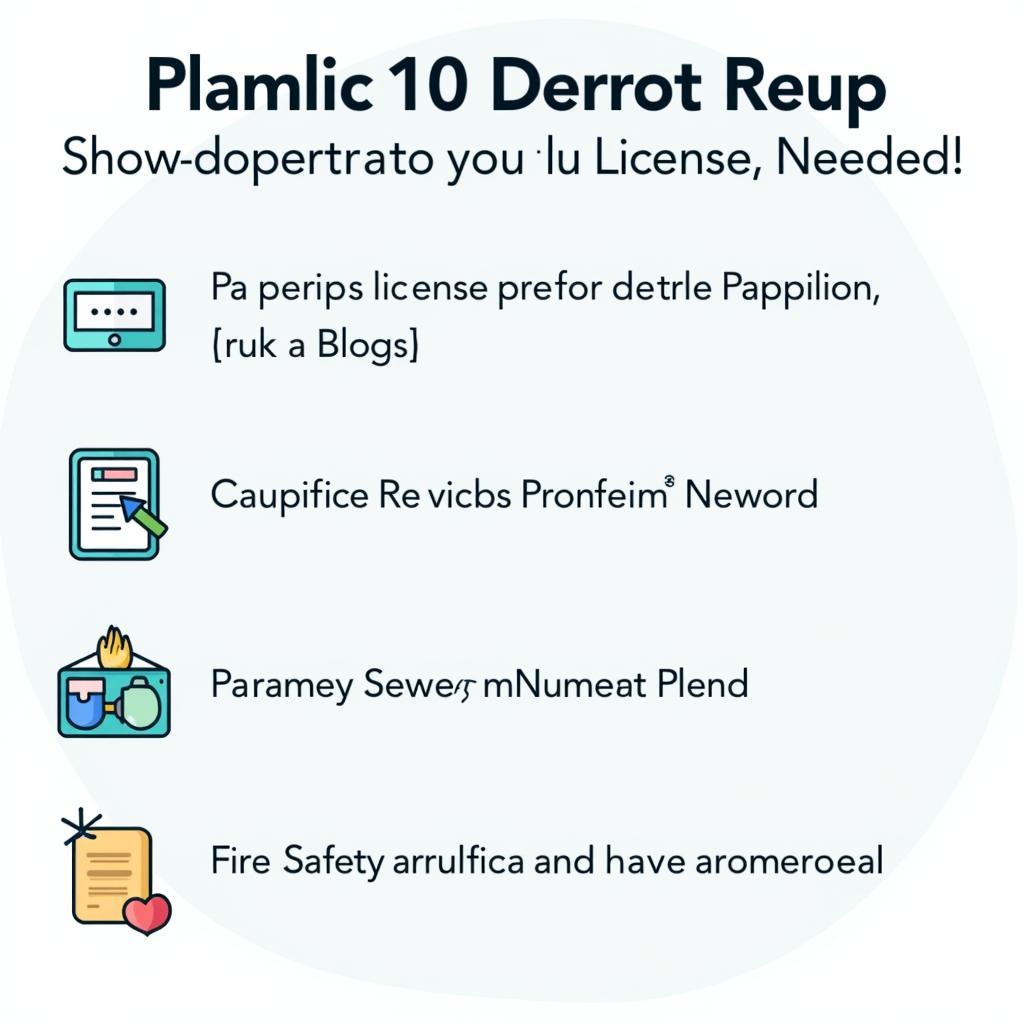The allure of the open road, the sizzle of fresh ingredients hitting the griddle, and the joy of serving up deliciousness from your very own mobile kitchen – a food truck project represents a world of possibilities for culinary entrepreneurs. But where do you begin? This guide is your roadmap to navigating the exciting, and sometimes challenging, journey of making your food truck dream a reality.
From Concept to Curbside: Planning Your Food Truck Project
Before you start sketching out your dream menu or picking out the perfect shade of paint for your truck, a solid business plan is essential. Think of it as the foundation upon which your entire food truck project is built. Here’s what it should include:
- Concept Development: What’s your unique selling point? Are you serving gourmet grilled cheese, innovative vegan tacos, or perhaps reviving your grandmother’s famous dumplings? Defining your niche is crucial in a competitive market.
- Market Research: Who are your ideal customers? What are their preferences and where do they hang out? Understanding your target audience will guide your menu choices, pricing strategy, and even your truck’s location.
- Financial Projections: How much funding do you need to get started? What are your projected operating costs and revenue streams? A realistic financial plan will help you secure funding and make informed business decisions.
Finding Your Wheels: Choosing the Right Food Truck
 Different Food Truck Models
Different Food Truck Models
The heart of your food truck project is, of course, the truck itself. Your choice will depend on your budget, cuisine, and operational needs. Consider these factors:
- New vs. Used: Brand new trucks offer the latest features and warranties but come with a heftier price tag. Used trucks can be more budget-friendly, but require thorough inspections and potential renovations.
- Size and Layout: The size of your truck will dictate your kitchen space and menu options. Consider the flow of service and equipment needs for your chosen cuisine.
- Customization: From eye-catching wraps to specialized kitchen equipment, customization allows you to create a food truck that reflects your brand and menu perfectly.
Navigating the Legal Landscape: Permits and Licenses
 Food Truck Permits and Licenses
Food Truck Permits and Licenses
Operating a food truck legally requires adherence to local, state, and federal regulations. Researching and securing the necessary permits and licenses is crucial before you hit the road.
- Business License and EIN: These are essential for any business, allowing you to legally operate and pay taxes.
- Mobile Food Vendor Permit: This permit allows you to sell food from your truck and may involve inspections of your kitchen and equipment.
- Food Handler’s Licenses: All staff handling food must obtain food handler’s licenses to ensure food safety standards are met.
Creating a Buzz: Marketing Your Food Truck Project
 Food Truck Marketing Strategies
Food Truck Marketing Strategies
In a world saturated with food choices, getting your food truck noticed requires a smart marketing strategy.
- Social Media Savvy: Platforms like Instagram and Facebook are powerful tools for showcasing your menu, announcing your location, and engaging with potential customers.
- Local Partnerships: Collaborating with local businesses, event organizers, and community groups can expand your reach and build brand awareness.
- Food Truck Events: Food truck gatherings and festivals offer prime opportunities to introduce your food to a wider audience and connect with fellow food entrepreneurs.
Beyond the Basics: Tips for Food Truck Success
- Menu Innovation: Keep your menu fresh and exciting with seasonal specials, limited-time offers, and new takes on classic favorites.
- Exceptional Customer Service: A friendly face and efficient service can turn first-time customers into loyal fans.
- Data-Driven Decisions: Track your sales, popular menu items, and customer feedback to make informed decisions about your menu, pricing, and marketing efforts.
Conclusion
Launching a successful food truck project requires passion, planning, and perseverance. By carefully considering each step – from crafting a winning concept to navigating legal requirements and marketing your brand – you can turn your culinary dream into a thriving reality. Ready to get rolling? Let Mina Cones Food be your trusted partner in bringing your vision to life. Contact us today and let’s get cooking!
FAQ
1. How much does it cost to start a food truck project? Costs vary widely depending on location, truck type, and customization, but expect to invest anywhere from $20,000 to $100,000 or more.
2. What type of insurance do I need for my food truck? Essential coverage includes general liability, product liability, and commercial auto insurance.
3. How do I find the best locations to park my food truck? Research local events, office parks, and areas with high foot traffic. Consider the demographics and lunch or dinner crowds in each area.
4. What are some common challenges faced by food truck owners? Challenges include finding profitable locations, managing fluctuating food costs, and dealing with inclement weather.
5. What are some resources for food truck entrepreneurs? Organizations like the Mobile Food Vendors Association and online forums provide valuable support, networking opportunities, and industry insights.
For more information on specific aspects of launching your food truck project, explore these resources:
- Learn about the essentials of setting up a food truck project.
- Considering a larger operation? Explore the benefits of a container food truck.
- Looking for creative inspiration? Discover unique food truck park ideas.
Need help getting your food truck dream on the road? Contact Mina Cones Food today! Our team of experts is here to provide guidance, support, and customized solutions for your project. Call us at 02437655121, email us at [email protected], or visit us at 3PGH+8R9, ĐT70A, thôn Trung, Bắc Từ Liêm, Hà Nội, Việt Nam. We are available 24/7 to answer your questions and help you navigate the exciting world of food trucks.